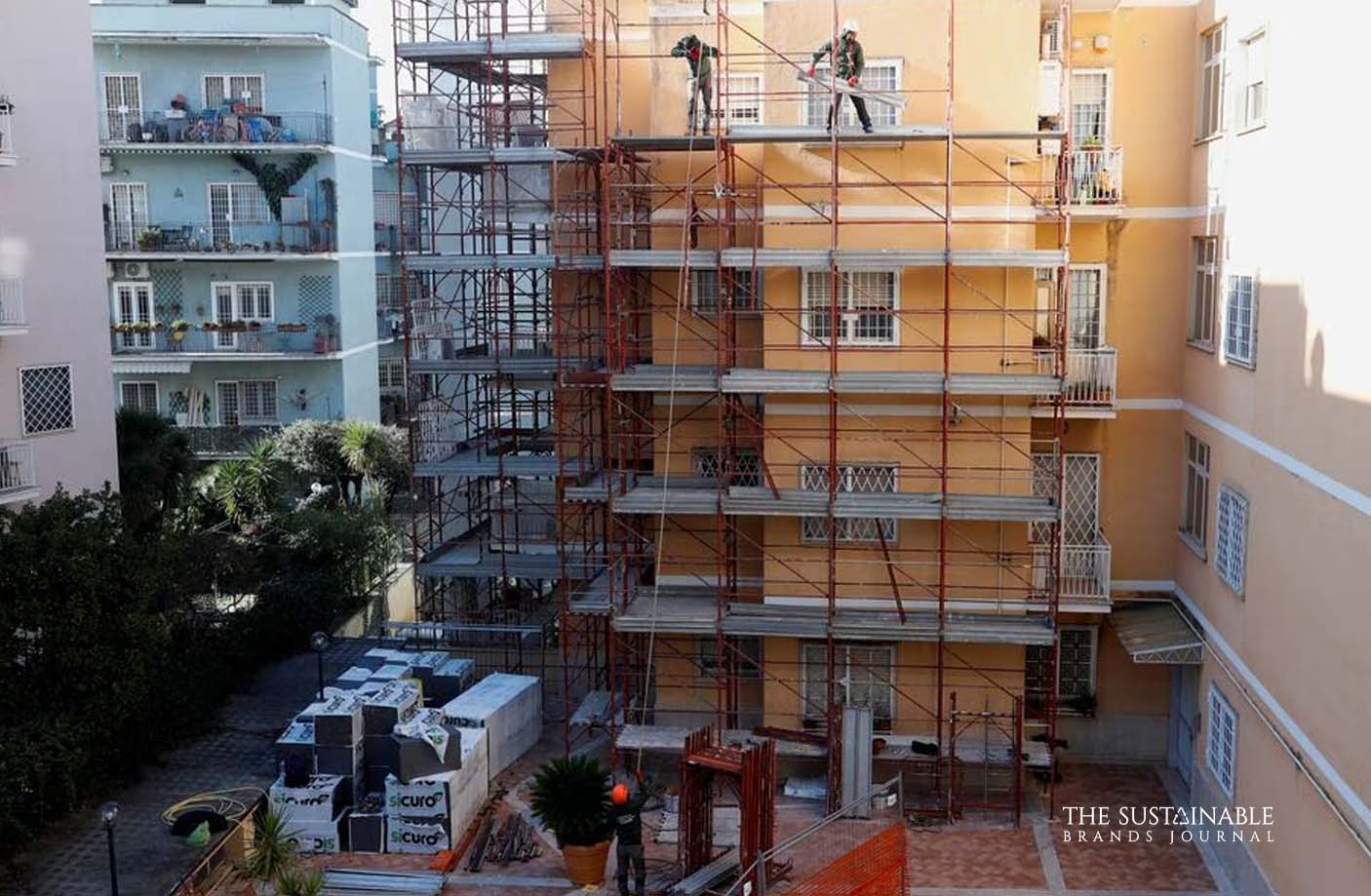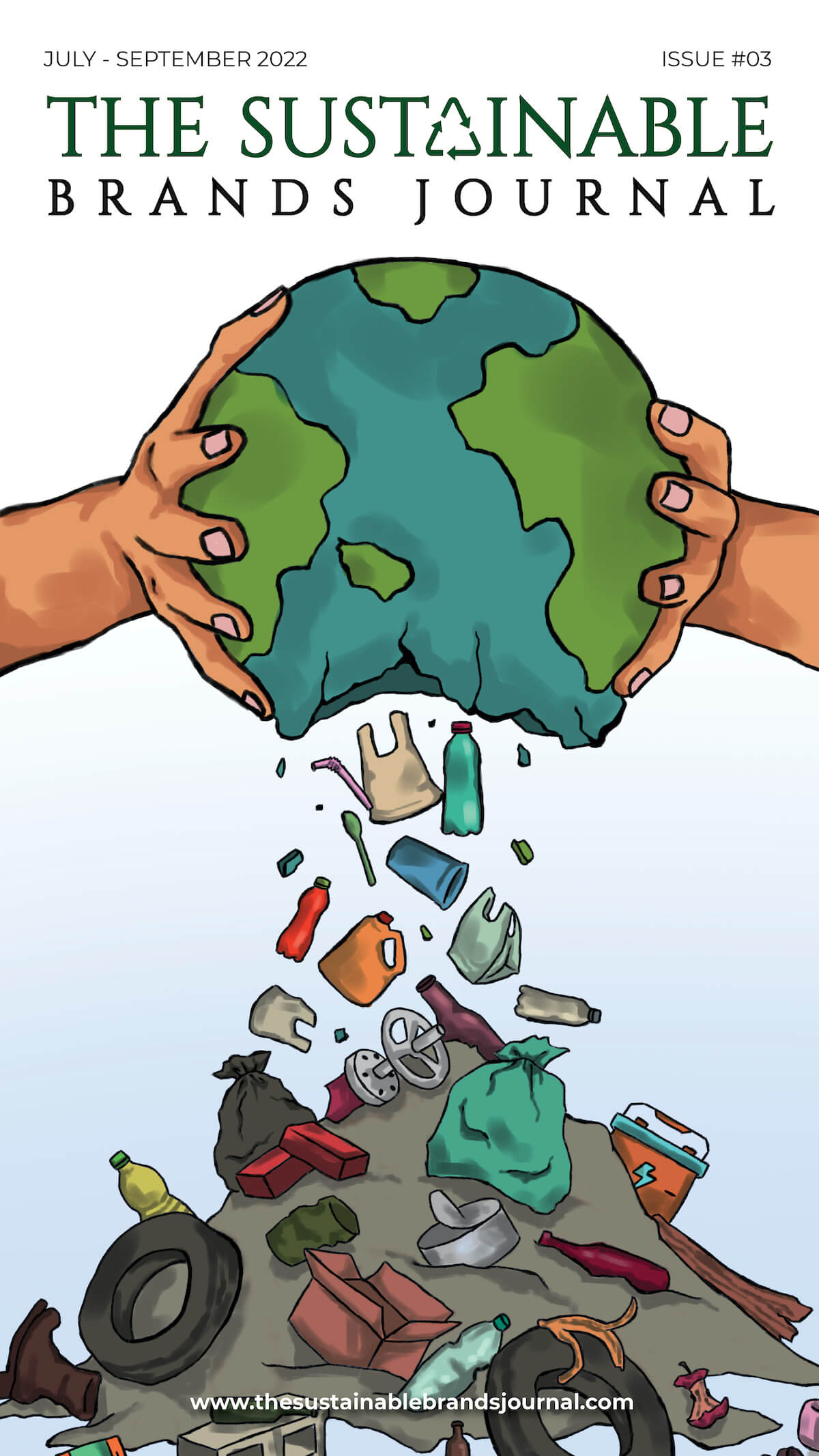
Why Italy Should Embrace the EU’s Greener Buildings Plan for a Sustainable and Prosperous Future
The European Union (EU) has long been a leader in promoting sustainable building practices, with a goal of having all new buildings be nearly zero-energy by the end of this decade. However, Italy is now having second thoughts about this plan and its potential impact on the nation’s struggling economy.
The EU’s greener buildings plan would require new constructions to be designed and built with highly energy-efficient materials and systems, including insulation, windows, and heating and cooling systems. While this would have a positive impact on the environment, some Italian politicians and business leaders are concerned that the increased costs associated with these new building requirements would be a burden on an already struggling economy.
In recent months, Italy has faced a number of economic challenges, including high levels of government debt and unemployment. As a result, many Italian politicians are worried about the potential impact of the EU’s greener-building plan on the country’s ability to attract investment and create jobs. Some believe that the increased construction costs could deter foreign investment and cause developers to look elsewhere, further exacerbating the country’s economic struggles.
Recent Sustainability News-
Ensuring a Responsible Supply Chain in Batteries, Energy Storage and EVs for a Circular Economy
UK Underspending on Climate Change Adaptation: A Threat to Communities and Ecosystems
China Leads the World in Clean Energy Investment with $546 Billion in 2020
Despite these concerns, proponents of the EU’s greener buildings plan argue that the long-term benefits of more energy-efficient buildings far outweigh the short-term costs. These benefits include reduced energy costs for building owners, improved indoor air quality, and a smaller carbon footprint. In fact, the European Commission has stated that the costs associated with the transition to greener buildings are more than offset by the savings generated over the lifetime of the buildings.
In addition to the environmental and economic benefits, the EU’s greener buildings plan also represents a significant opportunity for the Italian construction industry. By adopting new and innovative building techniques, Italian builders can gain a competitive advantage in the global market, positioning themselves at the forefront of the transition to a greener economy. The increased demand for energy-efficient building materials and systems could also provide new job opportunities for Italians, helping to boost the country’s flagging economy.
The EU’s greener buildings plan is not just good for the environment; it is also good for the economy. Energy-efficient buildings can lead to lower energy bills, lower carbon emissions, and reduced reliance on non-renewable energy sources. This, in turn, can create new job opportunities in the green energy sector, as well as stimulate innovation in building materials and technologies. For example, the development of new insulation materials, advanced heating and cooling systems, and energy-efficient windows could create new business opportunities and spur economic growth in these sectors.
Moreover, the EU’s greener buildings plan can also play a role in reducing Italy’s dependence on foreign energy sources, helping to improve the country’s energy security. This is especially important given the current global political and economic climate, where energy security has become a top priority for many nations. By investing in sustainable building practices, Italy can help to secure its place as a leader in the global effort to create a more environmentally friendly and economically sustainable future.
While Italy’s concerns about the EU’s greener buildings plan are understandable, it is important to consider the long-term benefits that this plan can bring to the country. The EU’s greener buildings plan represents an opportunity for Italy to build a greener, more sustainable future while also creating new economic opportunities and improving energy security. By investing in sustainable building practices, Italy can help to secure its place as a leader in the global effort to create a more environmentally friendly and economically sustainable future.

Prachi, an accomplished Chief-Editor at The Sustainable Brands Journal, has 15+ years of experience in Europe, the Middle East, and India, managing 90+ global sustainable brands. She’s a prolific writer in sustainability, contributing to various publications. Prachi’s unwavering passion and expertise make her a recognized authority, driving positive change and inspiring a sustainable future.





